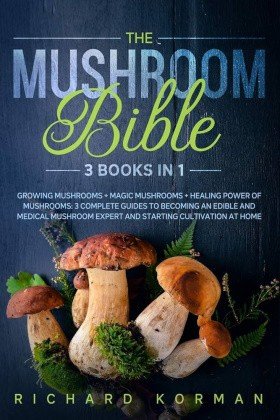The Enoki or Enokitake mushroom is native to Japan and there is a marked and very important difference in appearance between the wild and the cultivated. The former usually grow dark brown while those grown as they

are not exposed to sunlight are white.
They have a very delicate and brittle texture, their flavor is sweet and they are very fresh in salads or dishes with very little cooking, adding them at the last moment in soups or sautéed to the wok. This mushroom is one of the most used natural ingredients in Asian cuisine.
Golden Enokitake Mushroom
Properties Of Enoki
It is rich in antioxidants, such as ergothioneine, and the many tests performed on animals have resulted in possible applications in the development of vaccines and immunotherapy for cancer. An investigation carried out by the
National University of Singapore published in 2005, affirmed that the stem of the Enoki fungus or as it is commonly called a gold needle, contains a large amount of a protein called “Five” by researchers, which helps to the regulation of the immune system. The Enoki fungus also has flummoxing, which is a cytolytic and cardiotoxic protein that has been non-toxic when absorbed orally.
They are rich in Vitamin D, fiber, potassium, iron, and phosphorus. In 2009, the Journal Immunology published a study that shows that the consumption of enoki extracts significantly improves the survival rates of some mice that were infected with the human papillomavirus, which is the main cause of cancer of the cervix.
Enokitake In The Kitchen
The enokitake should be chosen firm and white, avoiding having a slimy brown foot. It is recommended that they are consumed in a short time
because they are very perishable.
It is convenient to keep them in a refrigerator for no more than five days, wrapped in some special paper, and then in a plastic bag to create moisture.
The Enoki is rich and very crispy in salads, providing a subtle flavor very similar to radish. Asian chefs also often add them to soups and stews, which are usually fish or meat.
It can be added as meat and seafood companions, but in these cases, it is convenient to add them almost at the end of cooking so that they are not dry and hard.
It is also recommended to cut the mushrooms at the bottom and remove all of its stems, separating them very carefully. For example, if you only get them in the dry variant, you have to hydrate them first before using them in a stir fry. Many people use it very often as a kind of noodle in the soup or conjunction with other mushrooms in a mushroom dish.
BEST KITCHEN RECIPE
Mushrooms Enokitake in Soy Sauce.
Ingredients:
8 ounces of enokitake mushrooms.
1 tablespoon sesame oil.
1 clove garlic finely chopped.
2 tablespoons soy sauce.
½ tablespoon grated ginger.
Preparation:
1. Cut the bottom of the enokitake mushrooms and discard them and separate the threads gently.
2. Heat the oil in a pan over medium heat.
3. Add the garlic to the pan and brown for about 1 minute.
4. Then add the enokitake mushrooms and cook until they wilt about 2 minutes.
5. Add the soy sauce and ginger and cook for 1 - 2 more
minutes and eat.
9. Agarikon
“Laricifomes officinalis” is the scientific name of the fungus, which we commonly call Agarikon, which is a polypore type fungus. It has different colors in its structure, but without a doubt the one that stands out is brown.
This fungus causes conifer heart rot. The fruiting bodies that they possess, were widely collected for the production of quinine drugs, which are believed to possess by the bitter taste of the powdered conk.
These fruiting bodies can be very large, approximately two feet long and in columnar form. They are very soft, yellow, and white when they are young, becoming white and brown everywhere. The flavor as mentioned above for both fruiting and felt bodies is very bitter and distinct for each species.
The Agarikon fungus has become extremely complicated to find for two reasons: The first is that “Laricifomes officinalisen” is only found in very old forests, which is even more complicated by global climate change that is changing the humidity and temperature regimes in every corner of the planet, including the Pacific Northwest, where this species resides in America. By altering the Earth's atmosphere, we have directly influenced the reproduction and growth of this species.
Unfortunately, after 150 years of logging and burning of forest trees in the Pacific Northwest, only 5% of old forests remain.
Since this species has a high medicinal value, it has been collected in excess and distributed in many pharmacies around the world.

Agarikon Mushroom

























